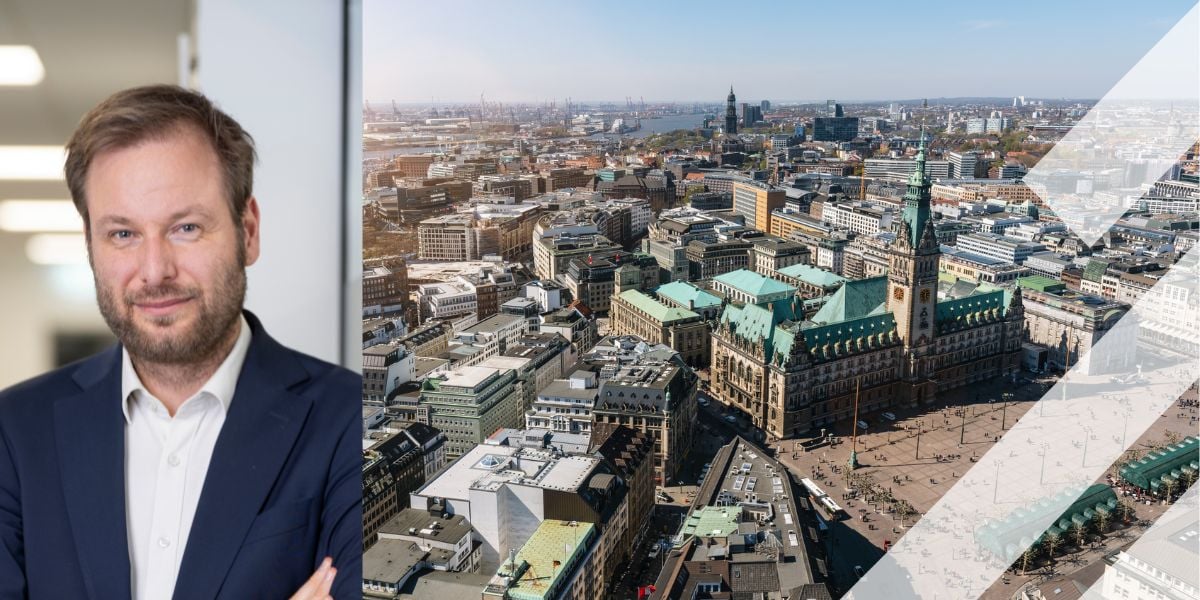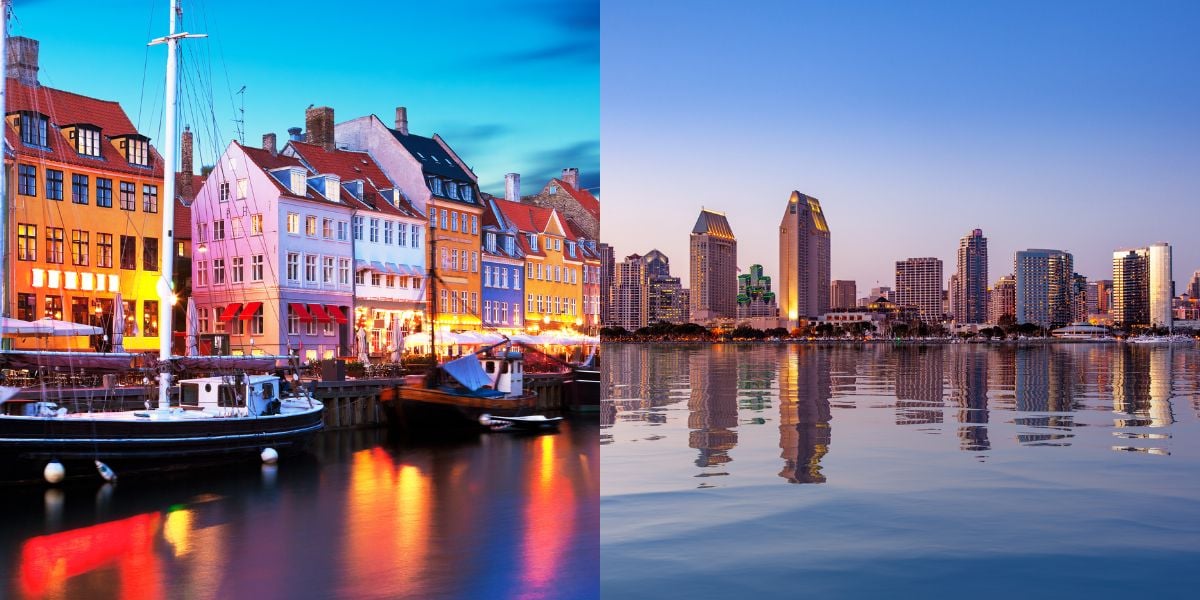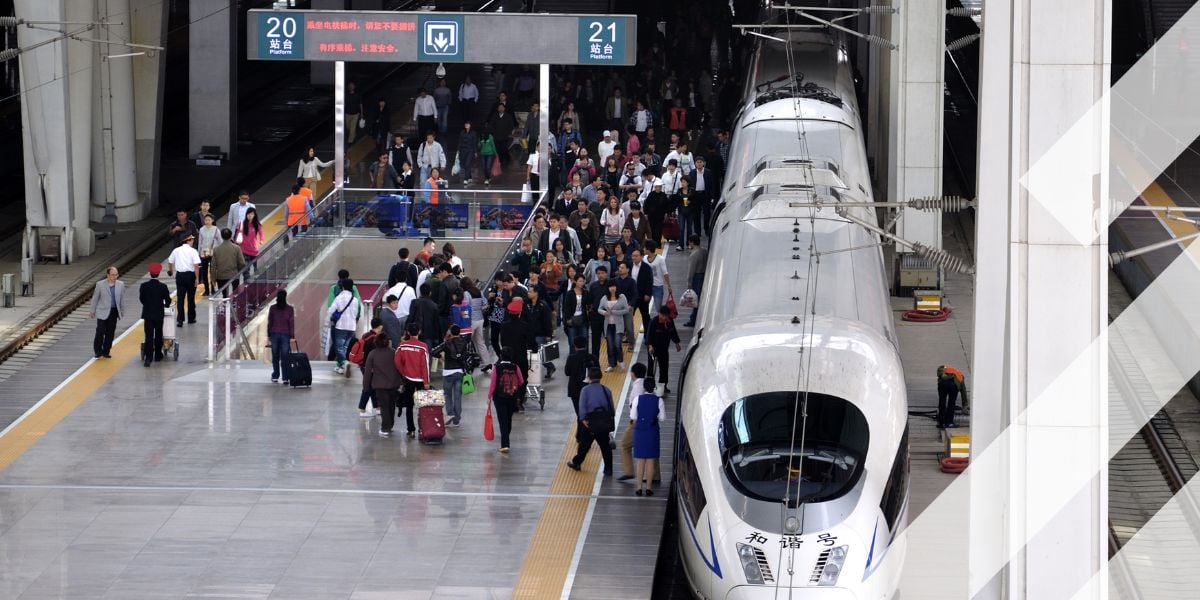5 Minutes with.. Bernardo Baranda Sepúlveda, Managing Partner and Founder of Durandal
Intertraffic: Can you briefly introduce yourself and explain your current role in the mobility industry? How did your career path lead you to this position?
Bernardo Sepúlveda (BS): I am Bernardo Baranda Sepúlveda, and I have dedicated the past 19 years to working at the Institute for Transportation and Development Policy (www.itdp.org). . I have a broad and nuanced understanding of the LATAM business culture and an influential relationship network that enable me to identify and guide complex business deals in infrastructure and growth industries, such as telecom, ed-tech, and sustainable development.
My academic background includes a degree in Civil Engineering from the National Autonomous University of Mexico (UNAM), followed by two master's degrees, one from the University of Manchester in the United Kingdom and another from Delft University of Technology in the Netherlands.
It was during my time in Delft that I developed a strong passion for sustainable mobility, particularly in promoting active transportation modes such as cycling and walking. Since then, I have worked extensively on policies and projects aimed at creating more accessible, efficient, and environmentally friendly transportation systems, striving to make cities more liveable and equitable for all.
Intertraffic: What key developments in the mobility industry have most influenced your work and approach?
(BS): Fortunately, I was able to find my niche in an international NGO with a high level of technical expertise in a field that I am deeply passionate about. This work has allowed me to contribute to the development of sustainable mobility solutions that have proven valuable for many city governments. More importantly, it has had a meaningful impact on improving transportation options for people who do not rely on cars, helping to create more inclusive, accessible, and environmentally friendly urban environments.
Intertraffic: Can you share any specific experiences that shaped your perspective on transportation?
(BS): When I was in university in Mexico City in the 1990s, a friend introduced me to the idea of using a bicycle as a mode of transportation. At first, I thought it was a bit crazy and couldn't imagine how it could be practical in a city like ours. However, it was during my time in Delft that I truly started to understand the value of cycling. Seeing how seamlessly it was integrated into daily life there made me realize how handy and efficient it could be. After giving it a try and experiencing the freedom and convenience it offered, my perspective completely shifted. Additionally, being part of the Bicitekas, a community of advocates for cycling, has only deepened my commitment to promoting bicycles as an essential part of urban mobility. Since then, I haven’t looked back, and cycling has become a key part of my lifestyle.
Intertraffic: What do you see as the biggest challenges facing the mobility sector today, particularly in the Americas, and how are you working to address them?
(BS): There are many challenges, but to mention a few key ones: The growing motorization, particularly with motorcycles, is contributing to congestion and safety issues on the streets. The unplanned expansion of cities towards the outskirts is leading to urban sprawl and a lack of proper infrastructure to support these growing areas. There is also a pressing need to improve public transportation systems, especially to ensure they cater to the needs of care trips, such as those made by children, the elderly, and caregivers. Road safety remains a major concern in many cities, with high rates of accidents and fatalities. Finally, the lack of coordination between various sectors, both public and private, continues to hinder the implementation of effective solutions.
Intertraffic: Looking ahead, what innovations or technologies do you believe will have the greatest impact on the future of urban mobility?
(BS): Electromobility, while obviously an important and promising technology, must be seen as just one part of a broader strategy. It needs to be accompanied by other key measures, such as a shift towards shared vehicles, which can help reduce the number of individual cars on the road. Additionally, the prioritization of public transportation is essential to ensure that it remains a viable, efficient, and sustainable option for urban mobility. Equally important is the promotion of active mobility, such as walking and cycling, which not only helps reduce emissions but also improves public health and the overall quality of life in cities. Together, these approaches can create a more sustainable, equitable, and efficient transportation system.
Intertraffic: How do you see the integration of sustainability and technology evolving in the mobility sector? Are there any emerging trends you’re particularly excited about?
(BS): The digitalization of transportation data is essential for making decision-making more efficient and, above all, for facilitating the mobility of the population. By collecting and analyzing real-time data, we can optimize routes, improve traffic management, and provide better services to the public. This digital transformation enables cities to respond quickly to changes in transportation patterns, improve planning, and create more efficient, user-friendly systems. In the long run, it can lead to smarter cities where mobility is more seamless, accessible, and sustainable for everyone.
Intertraffic: What role do collaboration and partnerships play in advancing mobility solutions, and how can stakeholders across industries work together to drive positive change?
(BS): Real estate development and the mobility sector need to collaborate more closely in order to reduce travel distances and times for urban residents. By integrating transportation planning into urban development, we can create more compact, well-connected cities where people have easy access to essential services, jobs, and transportation options. This approach helps to minimize long commutes, reduce traffic congestion, and lower emissions, ultimately leading to more sustainable, efficient, and livable cities.
Intertraffic: As a leader in the mobility industry, what advice would you give to emerging professionals looking to make an impact in this rapidly evolving field?
(BS): They should be users of the systems they aim to change, actively engaging with and shaping the transportation infrastructure around them. Technologies and transportation solutions, in this sense, should not be seen as ends in themselves, but rather as powerful tools that enable the creation of more inclusive, sustainable, and accessible cities. The real goal should be to leverage these tools to improve urban life for everyone, ensuring that all individuals, can benefit from the urban environment.
Share your story
Do you have an innovation, research results or an other interesting topic you would like to share with the professionals in the infrastructure, traffic management, safety, smart mobility and parking industry? The Intertraffic website and social media channels are a great platform to showcase your stories!
Please contact our Sr Brand Marketing Manager Carola Jansen-Young.
Are you an Intertraffic exhibitor?
Make sure you add your latest press releases to your Company Profile in the Exhibitor Portal for free exposure.





